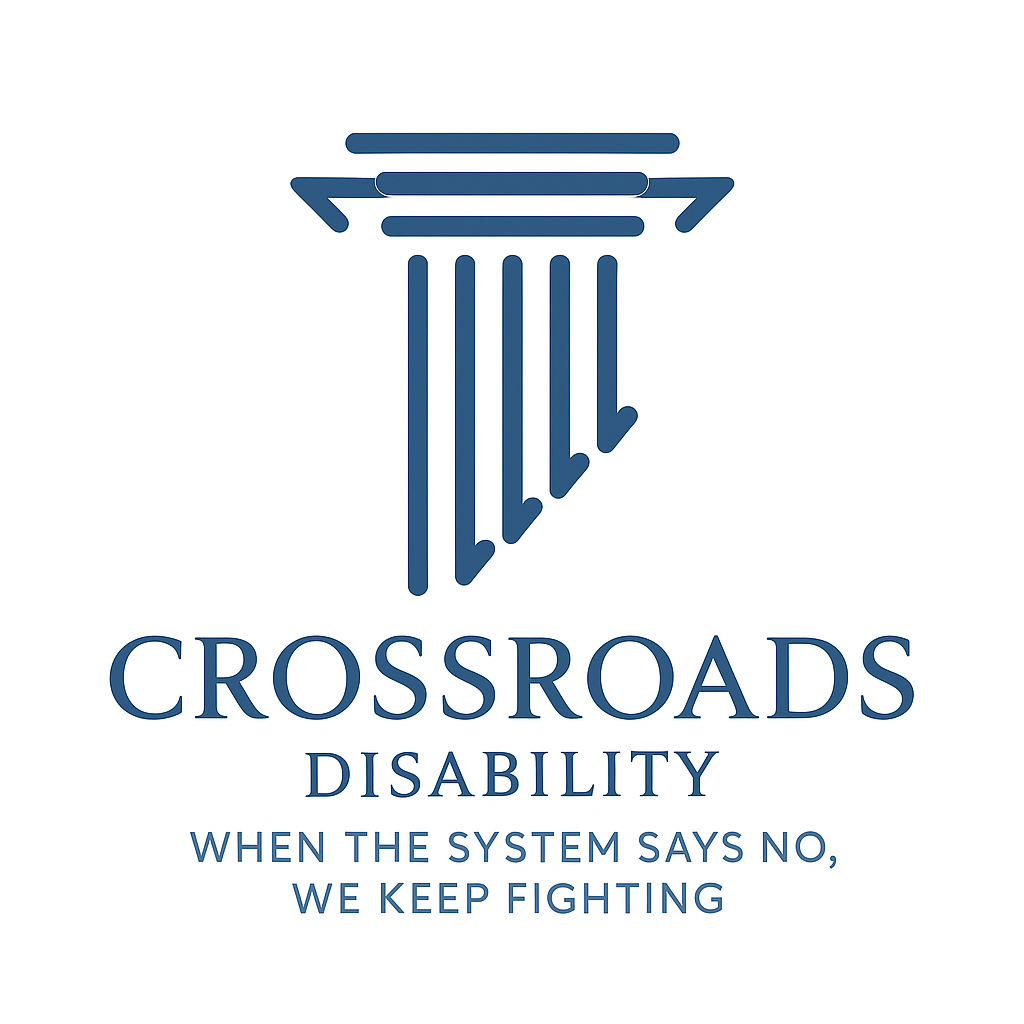What Is a Consultative Examination (CE)? Why Attending Matters
SSD Consultative Examinations (CE)

When you apply for Social Security Disability Insurance (SSDI) or Supplemental Security Income (SSI), the Social Security Administration (SSA) reviews all your medical records to decide whether you are disabled. Sometimes, SSA needs more information to understand your limitations. When this happens, they schedule something called a Consultative Examination, often referred to as a CE.
If you’ve received a CE appointment, the most important thing you can do is attend it. Missing this appointment can destroy an otherwise strong disability case. Here’s what you need to know.
What Is a Consultative Examination?
A Consultative Examination is a medical appointment scheduled by SSA to gather additional evidence about your medical condition.
CEs are performed by doctors
who work with SSA, not your regular treating providers.
You may be sent to a CE if:
- Your medical records are incomplete
- SSA needs updated information
- You haven’t seen a doctor recently
- Your condition requires a specialized test (e.g., mental evaluation, orthopedic exam, vision test, IQ testing)
CEs are used to determine your Residual Functional Capacity (RFC) — what you can still do despite your impairments.
Why SSA Sends You to a CE
SSA must make a decision based on evidence. If the information in your file is missing, outdated, or unclear, they order a CE so they can:
- Measure how long you can sit, stand, lift, and walk
- Evaluate your mental health symptoms
- Document objective findings
- Understand the severity of your conditions
- Confirm your diagnosis and limitations
This exam helps SSA fill in the gaps so they can make a fair decision about your case.
The Importance of Attending Your CE
1. Missing a CE Can Lead to an Automatic Denial
SSA is very clear:
If you
fail to attend the consultative examination without a very good reason, they are allowed to
deny your claim outright.
This is because they cannot evaluate your limitations without current information.
2. The CE Is Often the Most Recent Medical Evidence in Your File
If you have not been treating regularly, the CE may become the primary source of medical evidence in your case.
A strong CE report can actually help your claim significantly.
3. It Shows SSA You Are Cooperative
SSA expects claimants to cooperate with the disability evaluation process.
Attending the CE demonstrates that you’re taking your claim seriously and that you’re committed to providing accurate information.
4. It Gives You a Chance to Clearly Explain Your Limitations
During the exam, you should:
- Describe your symptoms honestly
- Do not exaggerate or minimize
- Explain how your condition affects your daily life
- Report pain levels accurately
- Let the examiner see how your limitations affect you
The doctor’s report will be sent directly to SSA and included in your file.
What Happens at a CE?
CEs are usually brief — sometimes only 15–30 minutes. During the exam, the doctor may:
For physical exams:
- Check range of motion
- Test strength, reflexes, balance, and mobility
- Observe walking, bending, and lifting
- Ask questions about pain, fatigue, and daily activities
For mental exams:
- Ask about memory, concentration, depression, anxiety
- Perform simple tests (recall, math, problem solving)
- Discuss your social interactions and daily routine
What If You Need to Reschedule?
If you absolutely cannot attend a CE, you must call immediately.
SSA will reschedule the exam
only for good cause, such as:
- Transportation issues
- Medical emergencies
- Weather problems
- Conflicts with medical treatment
Never simply skip the exam. Always contact SSA or the CE provider in advance.
After the CE: What to Expect
The doctor will send a report to SSA, including:
- Medical findings
- Diagnoses
- Functional limitations
- Observations during the exam
SSA will then use this report — along with all other medical records — to decide your case.
Final Thoughts: The CE Can Make or Break Your Case
A Consultative Examination is not an inconvenience — it’s a critical part of your disability claim.
Attending the exam and giving accurate information can significantly improve your chances of being approved.
If you have questions about your CE, feel anxious about attending, or want help preparing, Crossroads Disability is here to guide you through every step of the process.
Click Here for a quick free case evaluation and estimate of your benefits










